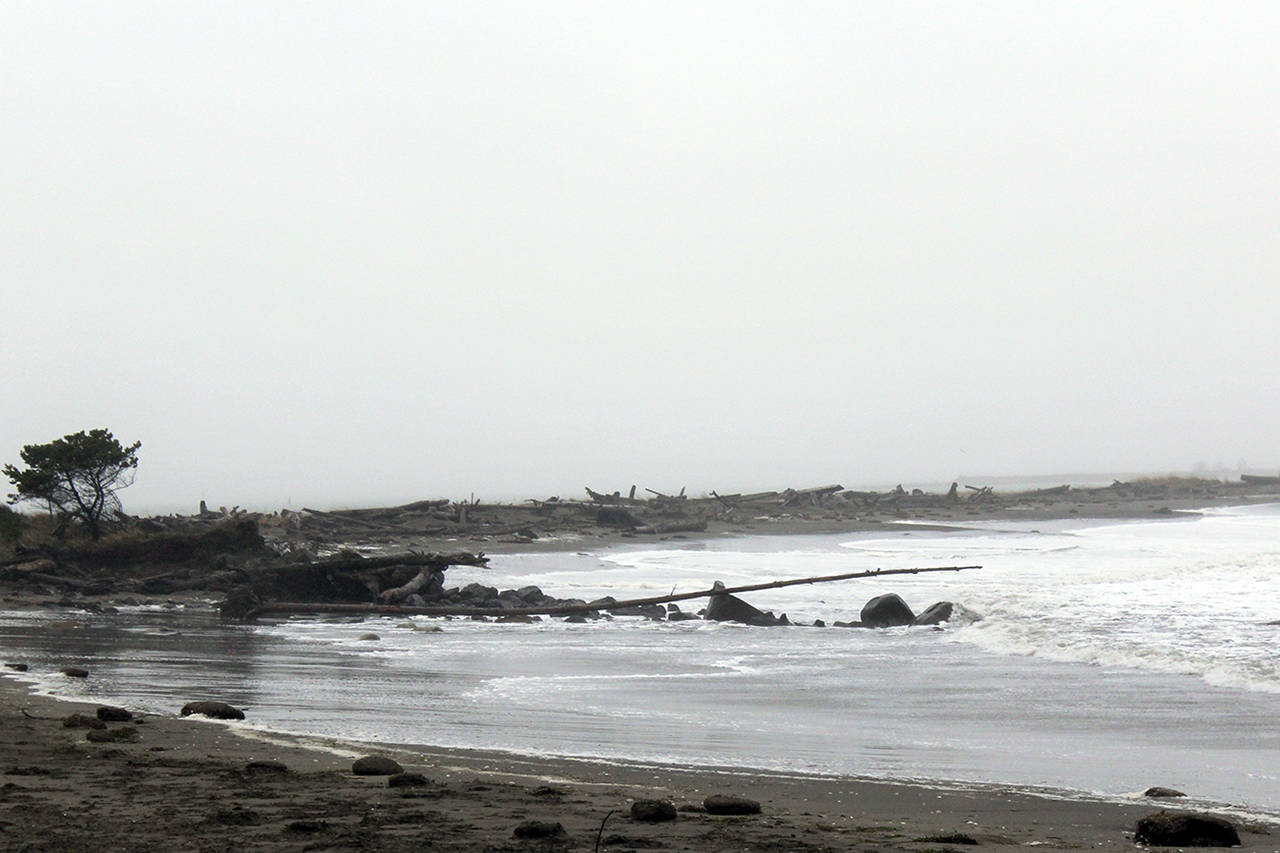The second phase of an incoming storm system off the coast of Washington brought stronger winds and continued to move inland Friday as the National Weather Service upgraded a wind watch to a wind warning.
The warning was followed by gusts up to 60 mph that lasted into the evening, with the strongest winds from the south at 30 to 40 mph for most of Friday afternoon. The coast continued to be battered by high waves, with surf rising between 20 and 26 feet at Westport, Ocean Shores, Taholah and La Push, according to a Coastal Hazard Message.
The Weather Service also warned that winds could snap tree branches, knock down trees and cause isolated power outages, while the high surf has brought “dangerous beach conditions and localized beach erosion” for the north and central coast.
A high wind warning means a hazardous event is expected. Wind speeds of at least 40 mph or gusts of 58 mph or higher can lead to property damage, according to a bulletin from the Weather Service in Seattle.
A tree was blown down on State Route 109 at milepost 13 Friday afternoon, striking a vehicle on the main highway between Ocean Shores and Hoquiam. No injuries were reported, and the tree was removed from the roadway about 1:30 p.m.
The good news is there’s only a 20 percent chance of rain today, with diminishing winds. But the rain chance was 100 percent by tonight on the coast, with heavy rain continuing inland into Sunday night and Monday.
Between a quarter- and a half-inch of rain is expected tonight, with up to three-quarters of an inch forecast for Sunday.
The Weather Service noted that rain could continue to be heavy at times through Thursday, which raises the concern about flooding on the lowland rivers. As of Friday, the only river under a flood warning was the Skokomish River near Potlach in Mason County.
The Weather Service advises against driving vehicles of any type through flooded areas.
“This is the cause of most flood-related deaths in Washington,” a Friday flood statement noted. “Be alert for rapid changes and monitor developments by listening to NOAA weather radio or other local media.”



